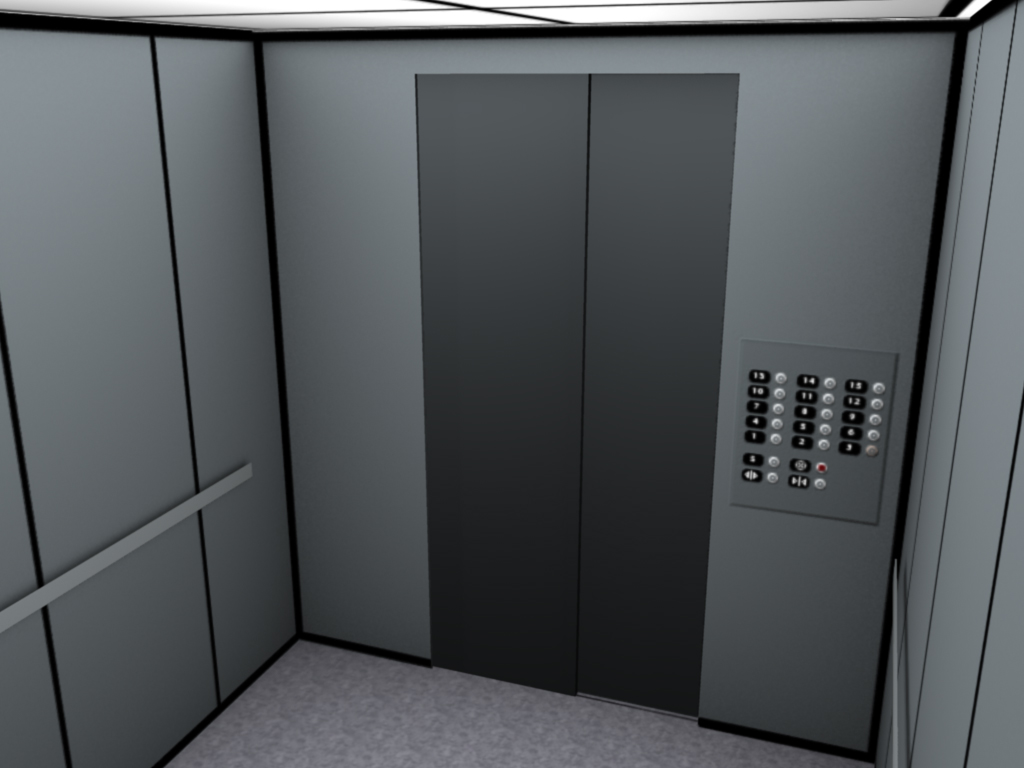Time is the essence when patients are taken to hospitals for emergency medical attention and elevators have a major role to play in such scenarios. The amount of time that can be saved in taking the patient to the trauma table is crucial in saving lives. There are many large hospitals that run into several floors and have special arrangements for helipad on the roof top that is used to evacuate emergency patients who need urgent trauma care.
Usually the trauma care center is located at the lower floors of the building and when the patient arrives at the helipad, the team of doctors and attendants seeks speedy means of shifting the patient from the roof to the bottom floors. This is when elevators play an important role in accommodating the entire team and moving them at top speed to their destination. The life saving aspect of elevators is witnessed in large hospitals that have high speed elevators to expedite urgent medical care.
Spacious and Fast
Hospital elevators are specially designed so as to accommodate at least 20 people and are the size of a big room. Trauma care patients are received at the hospital helipad by the trauma team of two doctors and two nurses along with another 10-12 attendants and staff along with the flight crew who accompany the patient in the elevator. Moving from the helipad to the operating room includes the travel time of the elevator which is equipped to travel at 600 feet in a minute. So even if one has to cover 16 to 18 storey it can be done just a shade below half a minute.
Time Saving and Convenience
While time saving is important in hospitals, the convenience of elevator users is no less important at such places. Waiting for elevators indefinitely can be a major bottleneck and wash out the benefits of speedy travel. There are some elevators that come with special features like Destination Dispatch that reduces waiting time for elevators and allocate elevators appropriately according to the needs of passengers. Elevator companies in New York City are equipped to incorporate this special feature in elevators, in case it does not have one, when undertaking modernization.
Taking into consideration the position of elevator cars, the speed of travel and the direction of travel, the system does a computerized calculation to make cars available to people with minimum waiting time and improve the efficiency of elevator deployment.
Enhancing Safety and Comfort
If installing an elevator with all modern features and high speed is a costly proposition, considering the size of operation of the hospital, some of these features can be included at a later stage when undertaking modernization. Cab pads may be fitted inside the elevator car to protect the walls from scratches and dents from food carts and stretchers. For consistent door opening and closing there are door operator packages available that can be fitted along with door edge protection guard that prevents unwanted door closing.
How elevators can be used in a better way to streamline mobility in hospitals makes interesting study and brings into prominence the life saving role of elevators.





